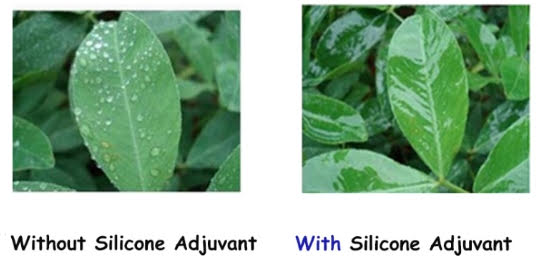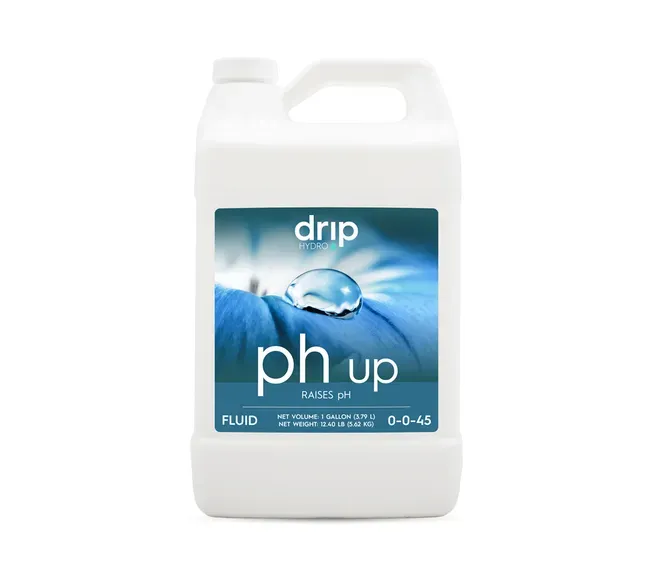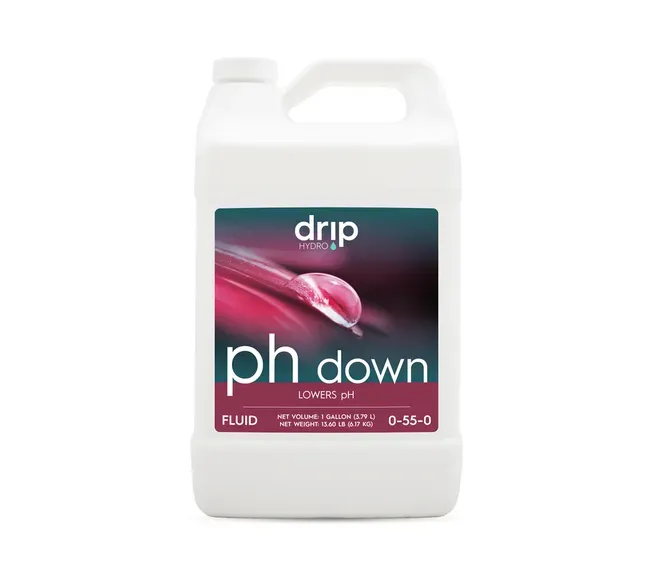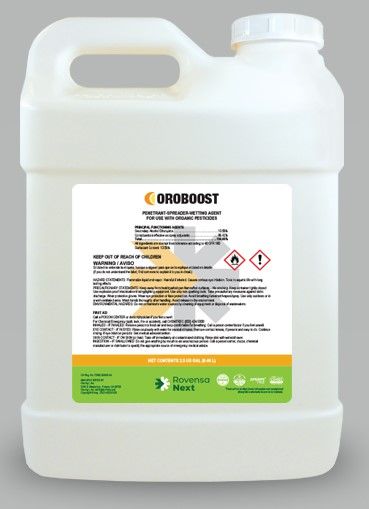Adjuvants and Surfactants


- Anionic surfactants – have a negative charge and in aqueous solutions they form anions.
- Anionic surfactants enhance foaming and other spreading properties of a liquid and are commonly used in shampoo.
- If anionic surfactants are used with herbicides, the spray mixture can produce excessive amounts of foam that can negatively affect spray delivery and the control of plants.
- Ampholytic (amphoteric) surfactants –have both positive and negative charge and in aqueous solutions they are capable of forming anions and cations, depending on the pH of the solution.
- Amphoteric surfactants are used rarely. When used, the amphoteric surfactant must match the properties of the herbicide formulation.
- Nonionic surfactants – produce little or no ionization (no electrical charge) in water.
- Nonionic surfactants do not have a charge in solution and are the most commonly used surfactants with herbicides.
Why are nonionic surfactants preferred for use with herbicides?
Nonionic surfactants are the most commonly used and preferred surfactant for application with many pesticides, including herbicides, growth regulators, defoliants, fungicides, and insecticides.
Features of nonionic surfactants
Nonionic surfactants:
- Are composed of alcohols and fatty acids.
- Have no electrical charge.
- Remain stable in cold water.
- Arecompatible with many herbicides.
Benefits of using nonionic surfactants with herbicides
Nonionic surfactants:
- Do not harm plants when used properly. However, application rate is critical because when they are applied at too high a rate injury to desired plants (non-targets) may occur.
- Reduce surface tension of the spray solution
Refine by
Bulk discounts available

Drip Hydro pH Up
Drip Hydro pH Up
Potassium Hydroxide based pH up concentrate that will return acidic tank mixes to an appropriate pH.
SKU 1682
$16.26
Bulk discounts available

Drip Hydro pH Down
Drip Hydro pH Down
Drip Hydro pH down is a phosphoric acid based pH buffer used to bring your fertilizer and spray water within your target pH for administration.
SKU 1687
$16.82
Bulk discounts available

Cohort (Helena Ag)
Cohort (Helena Ag)
Meet your match with Post-Emergent herbicide adjuvant, Cohort. It contains AMS to aid herbicides that requires it, while reducing spray droplet formation and lowering pH to ensure proper mixture
SKU 1338
$108.49
Bulk discounts available

Agri-Dex (Helena Ag)
Agri-Dex (Helena Ag)
Agri-Dex is an excellent cuticle penetration product that improves coverage & canopy deposition and reduces evaporation & volatilization. It also helps tank mix compatibility.
SKU 1602
$162.74
Bulk discounts available

Penetrator Plus (Helena Ag)
Penetrator Plus (Helena Ag)
Penetrator Plus provides an even and uniform spray deposit by adjusting the spray to the proper pH. It should be used with pesticides and/or fertilizers and it contains petroleum oil and nonionic emulsifiers.
SKU 1670
$173.59
Bulk Discounts Available

Oroboost
Oroboost
Organic Adjuvant with Superior Spreading, Penetration and Translocation of Foliar Sprays to Increase Spray Effectiveness
SKU 1127
$309.21
Bulk discounts available

Smoke (Helena Ag)
Smoke (Helena Ag)
SMOKE® is blend of special surfactants and water conditioning agents designed for use with a broad range of herbicides.
SKU 1199
$341.76
Bulk discounts available

Blendex VHC (Helena Ag)
Blendex VHC (Helena Ag)
Blendex® VHC is a preventative and curative compatibility agent
SKU 1472
$401.45
